Keywords
|
| physico-chemical parameters; lakes of Bengaluru North; immersion of Ganesha idols; water bodies; pollutants. |
INTRODUCTION
|
| Lakes are the most fertile, divers, productive and interactive eco system in the world. Today lakes are water reservoir receiving municipal waste water and sewage from Bangalore city. Lakes are stagnant surface water bodies, receive and stores rain fall water. Stagnant water bodies have more complex and fragile ecosystem in comparison to running water bodies as they lack self cleaning ability and hence readily accumulate great quantities of pollutants. Increased anthropogenic activities in and around the water bodies damage the aquatic ecosystems and ultimately the physico chemical properties of water (Upadhyayet al., 2010). The urban aquatic ecosystems are strongly influenced by long term discharge of untreated domestic and industrial wastewaters, storm water runoff, accidental spills and direct solid waste dumping (Sarika and Chandramohankumar, 2008). Generally, water pollution is a state of deviation from pure condition, where by its normal functioning and properties are affected. Aggravated environmental problems often reflected the misuse or misunderstanding of technology (Petak, 1980). Bangalore, the capital city of the southern Indian State of Karnataka is the third largest city in India. ‘The City of Gardens’ is situated in the interior of the Deccan peninsula at an elevation of 912 meters above mean sea level. On account of its elevation, Bangalore, is bestowed with a salubrious and equable climate comparable with those of temperate regions. Bangalore city is located at Latitude of 12.580 North and Longitude of 77.360. The topography of the city is characterized by a series of well-defined Valleys radiating from a ridge of High ground to the North who slopes gradually towards south. The mean annual temperature being 240 C with extremes ranging from 150 C in winter to 370C in summer. The average annual rainfall is 900 milli meters. Basically the greater metropolitan region of Bangalore lies to the south of the ridge is divided into separate and distinct drainage zones due to principal Valleys like Vrishabhavathi, Koramangala and Challaghatta Valleys which run generally in the North and South. A fourth major valley system, referred to as the Hebbal series, forms the drainage zone to the North of the ridge and runs in a North-Easterly direction. Naturally Bangalore is endowed with natural system of drainage without recourseto pumping, and both sewage and storm water flow by gravity to beyond the city limits. Contamination of water bodies is a serious problem being faced by water stressed areas, such as Bengaluru. It is well established that domestic sewage and industrial effluents falling into natural water bodies change the water quality and lead to eutrophication (Shaw et al.,1991). Characteristics of water bodies influence the quality of water individually and in combination with various pollutants, thereby, influencing the biota therein (Srivastava et al., 2003; Hoo et al., 2004; Smitha et al., 2007). Non-degradable metals and organic pollutants tend to accumulate in various vital organs of fishes and lead to long term toxic effects (Gupta and Srivastava, 2006; Kumar and Riyazuddin, 2006;) Tilak et al., 2007; Karthikeyan et al., 2007; Singh et al., 2008 ). They also induce structural and functional abnormalities in different organs of fishes (Gupta and Srivastava, 2006; Dorval et al., 2003) and humans also. “About 80 per cent of city’s population belongs to Hindu community which celebrates Ganesh Chaturthi. Most of them use painted Ganesha idols which contain about 92 percent of poisonous metals like lead, cadmium, mercury and other chemicals which affect the intelligence among children. |
II. STUDY AREA
|
| Water samples were collected from Yelahanka lake, Dasarahalli (yelahanka) lake, Machohalli lake, Gangodanahalli lake, Herohalli lake, Mallathali lake, Ullala lake and Komagatta lake. Which are situated in Bangalore North and west. Where, thousands of painted Ganesha idol were immersed in a day, estimated that more than a lakh idols were immersed in a week per lake. These lakes were prime importance for the settlement around. |
III. MATERIALS AND METHODS
|
| Water samples were collected from eight tanks of North and west Bangalore specially from the portion of the tank reserved for ganesha idol immersion. During the August-September before and after Ganesha Chathurthi (before and after the painted ganesha idol immersion). Samples were analysed based on Standard procedures of water analysis (Manivaskam, APHA and WHO). Temperature, pH, EC, TDS, Salinity and DO were determined immediately and the remaining physio-chemical parameters were analysed in the laboratory adopting standard procedures |
IV. RESULTS AND DISCUSSION
|
| Physical Properties : Table - I- Showing the Physical properties of water before immersion & after immersion of Ganesha Idol in different lakes at Bangalore |
| A. PHYSICAL PROPERTIES |
| Temperature: Temperature of water may not be as important in pure water because of the wide range of temperature tolerance in aquatic life, but in polluted water, temperature can have profound effects on dissolved oxygen (DO) and biological oxygen demand (BOD).The fluctuation in lake water temperature usually depends on the season, geographic location, sampling time and temperature of effluents entering the stream (Ahipathy, 2006). In the present study the temperature was measured on the spot and it ranged between 20.10C to 25.90C before immersion and it varied between 21.20C to 25.90C as showed in Graph - I. |
| pH: It is an important factor that determines the suitability of water for various purposes, including toxicity to plants and animals. In the present study, pH was found faintly acidic in all the seven sites throughout the study and comparison indicate decreasing trend in all the sites except in the site 4 showed a slight increase in its value. It might be due to increasing number of idols and the decorative materials immersed in that site. pH was measured on the spot and values in all the sites showed the same values with before and after immersion of Ganesha idols. (Table 1). The sample no. 4 crossed the excessive limit of BIS (1998) as indicated in Graph -II |
| Turbidity: The clarity of natural body of water is an important determinant of its condition and productivity. Turbidity in water is caused by suspended and colloidal matter such as clay, silts, finely divided organic and inorganic matter, paint and other microscopic organisms. In the present study (the turbidity values were measured on the spot) indicates higher values 7.9 NTU and lower values 0.33 NTU in case of before idol immersion sites and after immersion the values varied between 1.5 NTU to 64 NTU. It could be owing to sedimentation due to immersion of Ganesha idols and decorative (organic & inorganic materials) the turbulence arising out of flood-like situations observed during the Ganesha festival. In the present study after the idol immersion three samples crossed the excessive limit of BIS (1998) as showed in Graph –III. |
| Conductivity: Conductivity is a measure of the ability of an aqueous solution to carry an electric current. This ability depends on the presence of ions; on their total concentration, mobility, and valence; and on the temperature of measurement. In the present study site 3, 4 and site 7 showed higher values of Electrical conductance and total dissolved solids in contrast to other sites as showed in Graph –IV and V. Increasing levels of conductivity and cations are the products of decomposition and mineralization of organic materials (Abida, 2008). Before immersion the values ranged between 2470 μS to 25900 μS and after immersion the values varied between 2800 μS to 26100 μS. |
V. CHEMICAL PROPERTIES
|
| Chemical Properties : Table - II- Showing the Chemical properties of water before and after immersion of Ganesha Idol in different lakes at Bangalore |
| Total Hardness: Total Hardness of water is an important consideration in determining the suitability of water for domestic and industrial uses. Hardness is caused by multivalent metallic cations and with certain anions present in the water to form scale. The principal hardness-causing cations are the divalent calcium, magnesium, strontium, ferrous iron and mangnous ions. In the present study total hardness of all the samples showed maxima due to immersion of painted Ganesha idols and desolation of paint decoration materials and silt deposition and dilution. Increasing trend was observed at all the sample collected sites with the range of 387 to 3763mg/L, the investigators found two samples crossed the excessive limits of BIS (1998) before the Idol immersion as compared to three samples after immersion as showed in Table – II and Graph –VI,. Total hardness found to have significant positive correlation with pH, calcium, potassium and had negative correlation with turbidity, EC, alkalinity. |
| Alkalinity: Alkalinity of natural waters is due primarily to the salts of weak acids, although weak or strong bases may also contribute. Bicarbonate represents the major form of alkalinity. In the present investigation total alkalinity reveals maximum and minimum values and averages showed decreasing trend at all immersion points in contrast to sample No 2, as shown in Table – II and Graph - VII. Alkalinity was found to have significant positive correlation with TDS, Total and Calcium hardness and had significant negative correlation with pH. |
| Chlorides: Chlorides occur naturally in all types of waters. High concentration of chlorides is considered to be the indicators of pollution due to organic wastes of animal or industrial origin. Chlorides are troublesome in irrigation water and also harmful to aquatic life. (Rajkumar, 2004). The levels of chlorides in the present investigation chloride values are in higher concentration in samples analyzed after immersion of Ganesha idols. It ranges between the 49mg/ L to 648mg/L. three samples crossed the permissible limits of BIS (1998) as compared to two samples crossing the permissible limit before the idol immersion (250mg/L) Table – II and Graph - XII . Chloride shows positive correlation with Temperature, turbidity, EC, Sodium, potassium and had significant negative correlation with pH. |
VI. CONCLUSION
|
| The significance of immersion of painted ganesha idols is the rise in physiochemical parameters of all the above said lakes. Thus the present study was concluded that lake water of the study areas were polluted in respect to rituals practiced in Ganesha festival and due to immersion of coloured idols or painted idols and decorative materials immersed in these lakes. |
VII. ACKNOWLEDGEMENT
|
| We are grateful to Dr.Venkatesh Thuppil, Principal Advisor, National Referral Centre for Lead Poisoning in India (NRCLPI) and QCI. Sri M.Govindaiah, Principal, Dr.Prathima Rao, Dept. of Chemistry, Vivekananda Degree College, Banglore. Dept. of Chemistry, Atria IT Bangalore, KSPCB, Bangalore, for providing laboratory facilities to complete the above investigation. |
Tables at a glance
|
 |
 |
| Table 1 |
Table 2 |
|
| |
Figures at a glance
|
 |
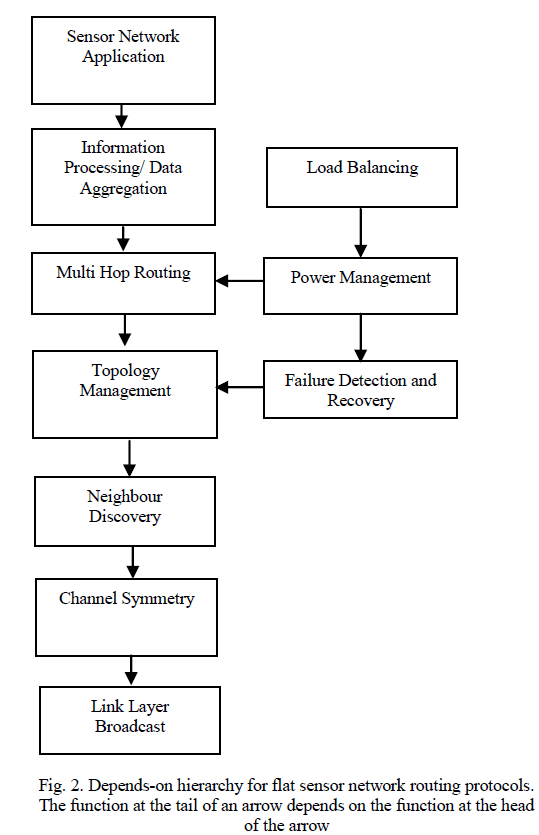 |
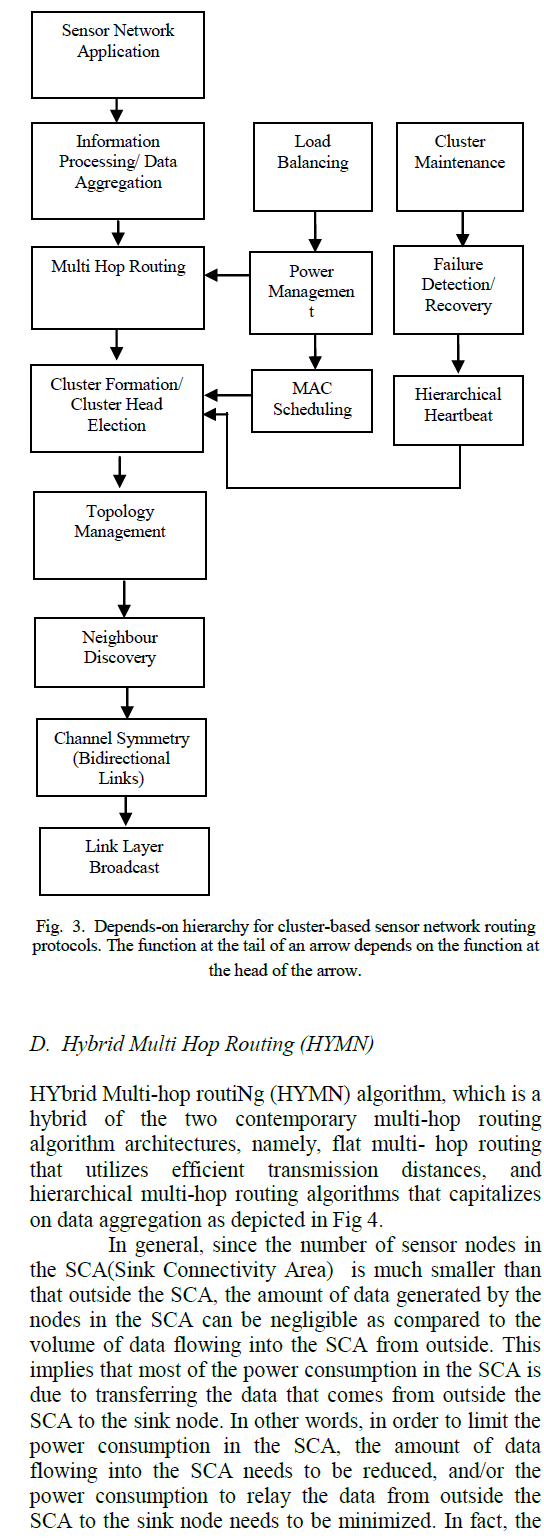 |
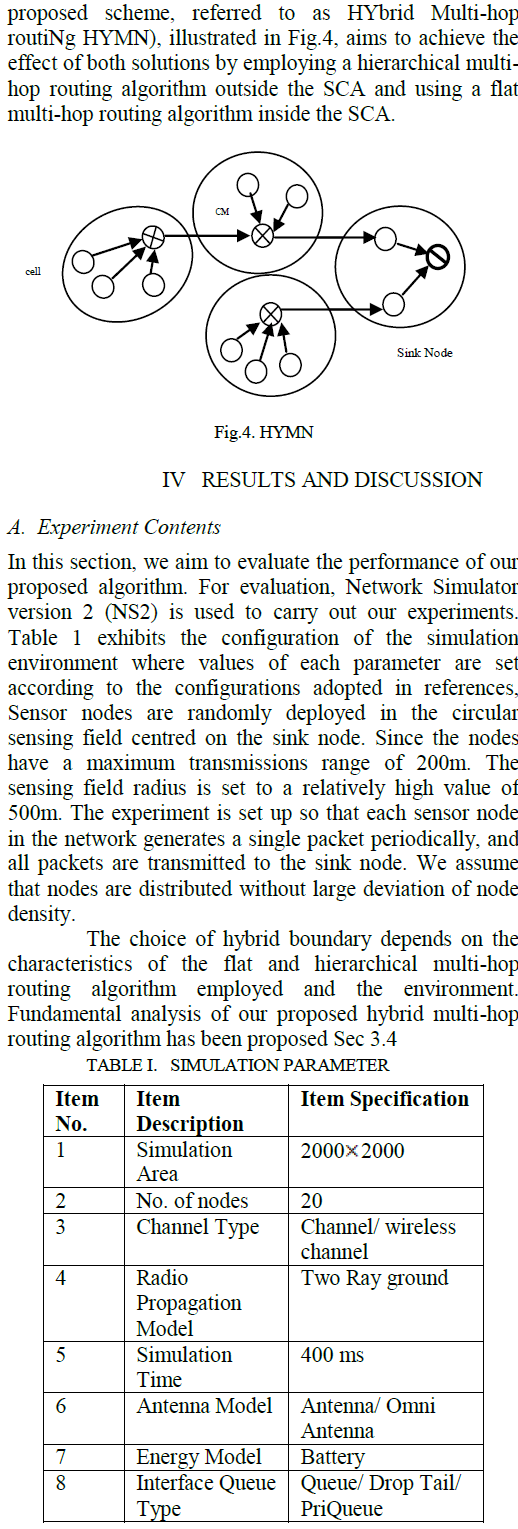 |
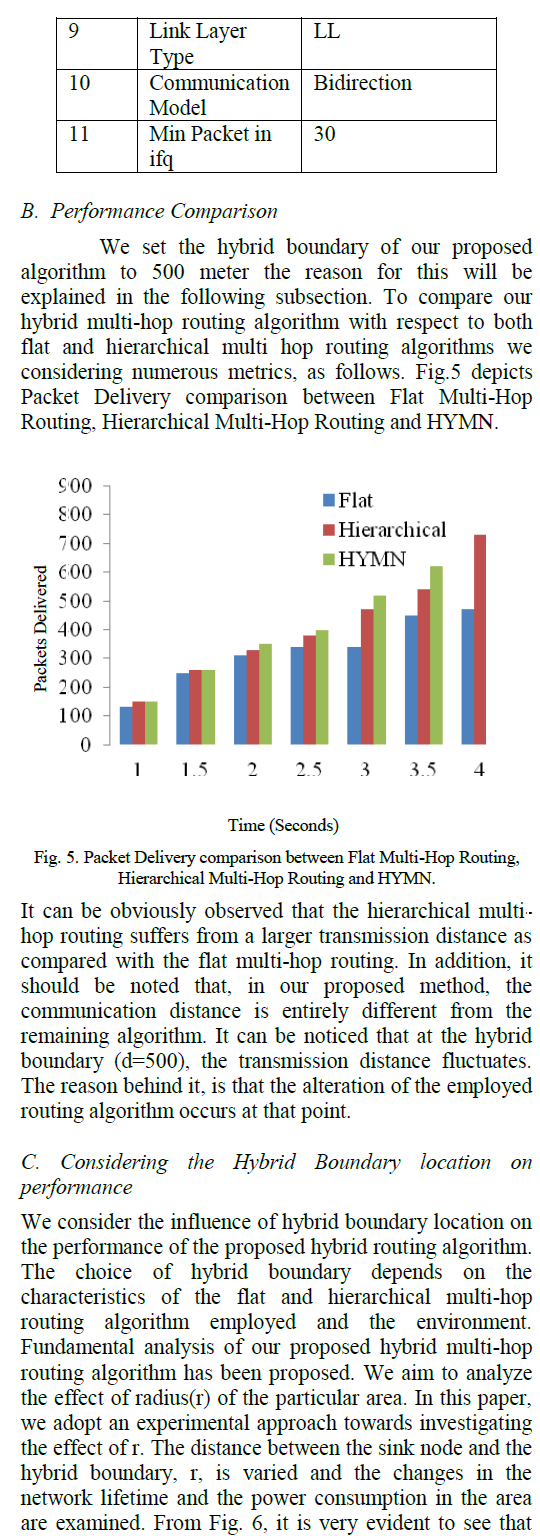 |
| Figure 1 |
Figure 2 |
Figure 3 |
Figure 4 |
Figure 5 |
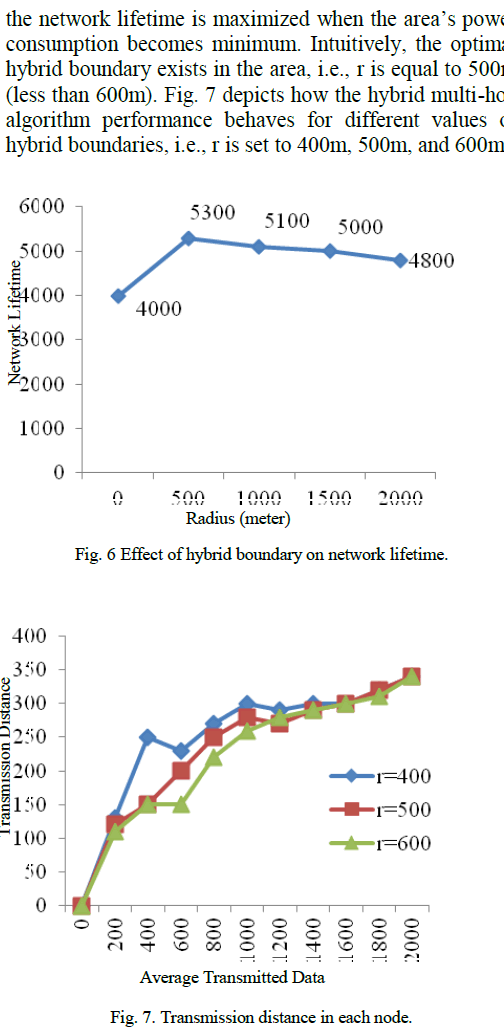 |
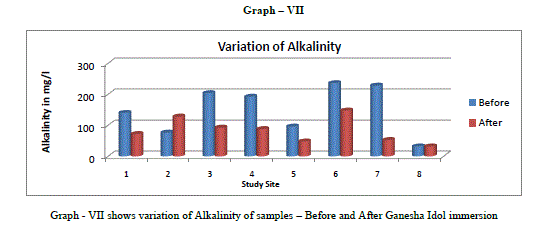 |
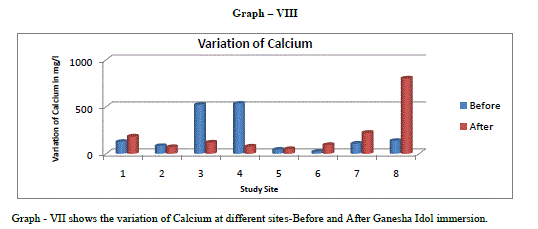 |
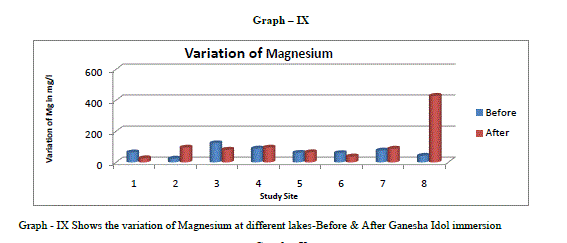 |
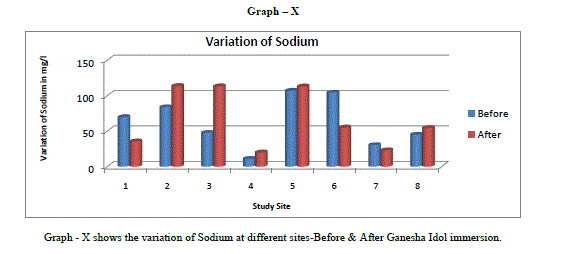 |
| Figure 6 |
Figure 7 |
Figure 8 |
Figure 9 |
Figure 10 |
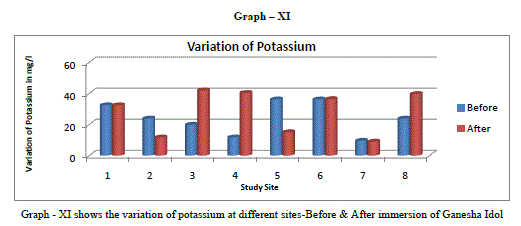 |
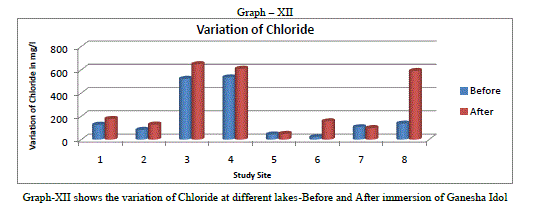 |
| Figure 11 |
Figure 12 |
|
| |
References
|
- Alipio BC, David FC, Isabel RS, Juan CNM. Manuel AE. Comparison of batch, stirred flow chamber, and column experiments to study adsorption, Desorption and transport of carbofuran within two acidic soils. Chemosphere. 2012; 88(1): 106-120.
- Arnaud B, Richard C, Michel S. A comparison of five pesticides adsorption and Desorption processes in thirteen contrasting field soils. Chemosphere. 2005; 61(5): 668-676.
- Chunxian W, Jin-Jun W, Su-Zhi Z, Zhong-Ming Z. Adsorption and Desorption of Methiopyrsulfuron in Soils. Pedosphere. 2011; 21(3): 380-388.
- Chunxian W, Suzhi Z, Guo N, Zhongming Z, Jinjun W. Adsorption and Desorption of herbicide monosulfuron-ester in Chinese soils. J Environ Sci. 2011; 23(9): 1524-1532.
- Christine MFB, Josette MF. Adsorption-desorption and leaching of phenylurea herbicides on soils. Talanta. 1996; 43(10): 1793-1802.
|